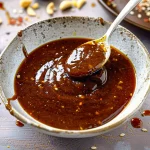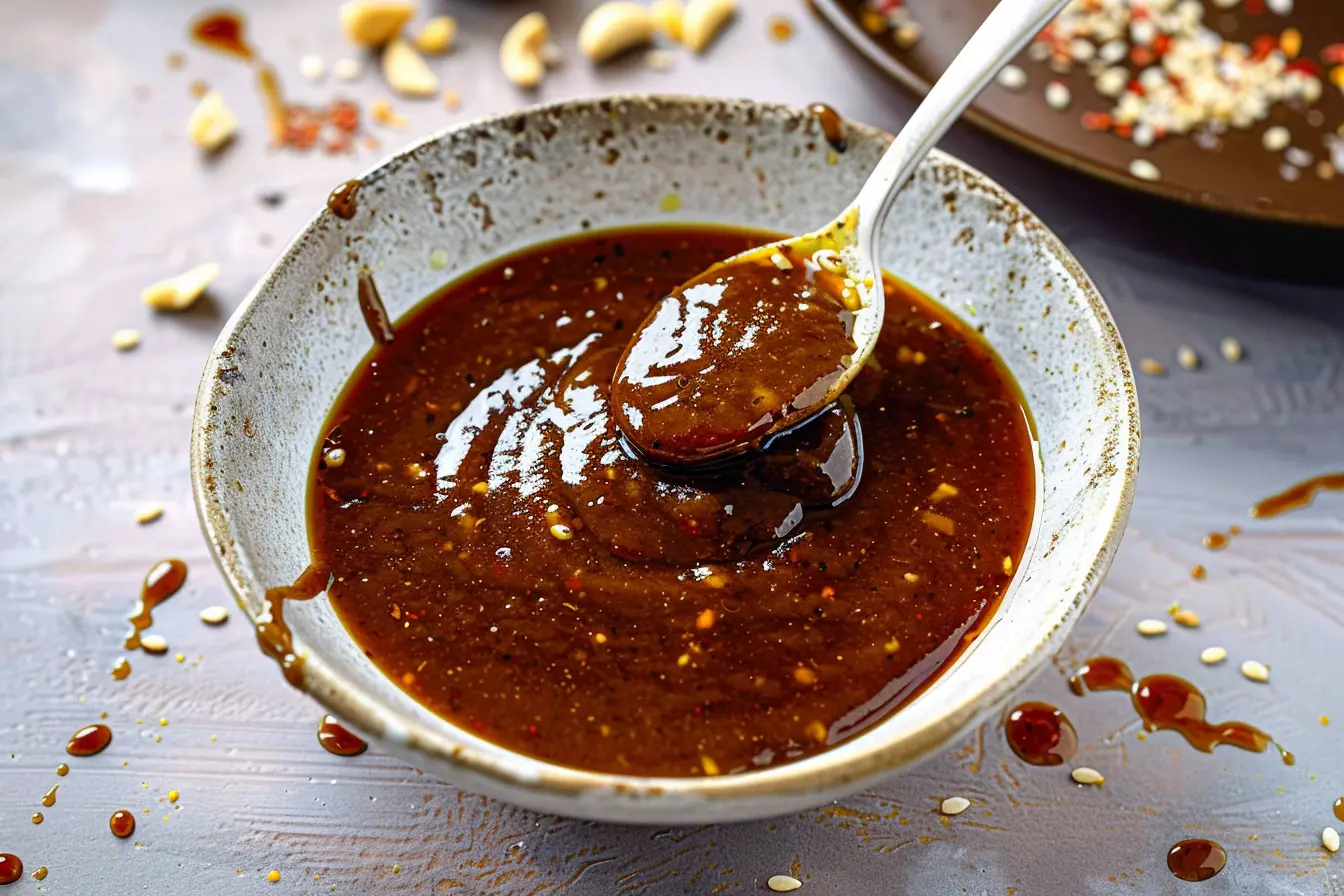Hoisin sauce is a thick, fragrant sauce commonly used in Chinese cuisine as a glaze for meat, an addition to stir-fries, or as a dipping sauce. It is made from a combination of soybeans, garlic, chili peppers, and various spices, offering a sweet and salty taste with a hint of spice. This versatile condiment is essential in many Asian dishes, providing a unique depth of flavor.
Storing and Preserving
Storing and preserving food are essential practices for extending the life of ingredients, maintaining nutritional value, and reducing waste. Effective methods include canning, freezing, drying, and fermenting, each suitable for different types of food. Proper storage conditions—such as temperature, humidity, and light exposure—play a crucial role in preserving food’s freshness and safety.
Common Mistakes and Troubleshooting
- Not Labeling Containers: Always label your containers with the contents and the date of storage or preservation. This helps track how long the food has been stored and prevents the use of expired or spoiled items.
- Overpacking the Freezer: Air circulation is critical in a freezer. Overpacking can lead to uneven freezing, affecting food quality and increasing the risk of freezer burn.
- Improper Sealing of Canned Goods: A common mistake in canning is not ensuring a proper seal, which can allow bacteria to enter and spoil the food. If a jar hasn’t sealed correctly, refrigerate the contents immediately and use them within a few days.
- Storing in Incorrect Temperatures: Each preservation method and food item has an optimal temperature range. For instance, storing canned goods in a warm place can cause spoilage. Always check the recommended storage temperatures.
- Ignoring Humidity Levels: Foods stored in conditions too humid can become moldy, while too dry conditions can lead to hardened or stale food. Use desiccants for dry storage needs and consider a dehumidifier for damp storage areas.
- Using Old or Contaminated Ingredients for Preservation: Always start with fresh, high-quality ingredients. Using compromised ingredients can lead to poor taste and potential health risks.
Troubleshooting Tips
- Freezer Burn on Frozen Goods: If food has freezer burn, it’s still safe to eat, though the quality might be compromised. Trim the affected areas before or after cooking.
- Cloudy Canning Jars: Cloudiness can be a sign of spoilage, but it might also result from minerals in water. If the seal is intact and there’s no off smell, inspect further and consider boiling the contents before consumption to ensure safety.
- Fermented Foods Not Fermenting: Check if the room temperature is too low, which can slow down the fermentation process. Moving the ferment to a warmer spot might help.
- Dried Foods Moistening: If dried foods begin to moisten, they can mold. Re-dry them if possible or use them immediately if they show signs of moisture.
FAQs about Hoisin Sauce
- What is Hoisin Sauce made of?
Hoisin sauce is primarily made of fermented soybean paste, garlic, vinegar, sesame oil, chilies, and sweeteners like sugar or molasses, creating its distinctive taste. - Is Hoisin Sauce vegan?
Most hoisin sauces are vegan, as they contain no animal products, but it’s always best to check the label for specific ingredients. - Can I use Hoisin Sauce as a marinade?
Yes, hoisin sauce is excellent for marinating meats and vegetables, adding a rich flavor and slight caramelization when cooked. - How do I store Hoisin Sauce?
Once opened, hoisin sauce should be stored in the refrigerator to maintain its quality. It can last for several months when stored properly. - Is there a substitute for Hoisin Sauce?
If you’re out of hoisin sauce, a mixture of soy sauce, peanut butter, honey, and a dash of vinegar can serve as a quick substitute, though the flavor will not be identical. - Is Hoisin Sauce gluten-free?
Traditional hoisin sauce contains wheat, making it not gluten-free. However, there are gluten-free versions available on the market.
Conclusion
Hoisin sauce is a cornerstone of many Asian cuisines, beloved for its complex sweet and salty flavor profile. It’s an incredibly versatile condiment that can elevate a simple dish to something extraordinary. Whether used as a marinade, glaze, or dipping sauce, hoisin sauce adds a depth of flavor that is hard to replicate with any other ingredient.

Description
Discover the rich, complex flavors of Hoisin Sauce, a staple in Chinese cuisine known for its sweet and salty taste. This versatile sauce is made from a blend of soybeans, garlic, chili peppers, and spices, creating a perfect glaze for meat, a flavorful addition to stir-fries, or a delicious dipping sauce. Dive into the world of Asian cooking with this essential condiment that adds depth and excitement to any dish.
Ingredients
- 2 tablespoons peanut butter or black bean paste
- 1 tablespoon honey or molasses
- 2 teaspoons white vinegar
- 1/8 teaspoon garlic powder
- 2 teaspoons sesame oil
- 20 drops Chinese hot sauce (adjust to taste)
- 1/8 teaspoon black pepper
Instructions
 In a bowl, whisk together the soy sauce and peanut butter or black bean paste until smooth.
In a bowl, whisk together the soy sauce and peanut butter or black bean paste until smooth.- Add the honey or molasses, white vinegar, and garlic powder to the mixture. Stir well to combine.
- Mix in the sesame oil, Chinese hot sauce, and black pepper, adjusting the hot sauce to suit your taste for spiciness.
- Taste the sauce and adjust any ingredients as needed to achieve the desired balance of sweet, salty, and spicy flavors.
- Use immediately, or store the Hoisin Sauce in an airtight container in the refrigerator for up to a week.
Notes
- Hoisin sauce’s name comes from the Chinese word for seafood, but it doesn’t contain any seafood ingredients.
- It’s widely used in Cantonese cuisine, especially for Peking duck and moo shu pork.
- The sauce is rich in umami flavors, thanks to the fermented soybeans.
- Because of its strong flavor, hoisin sauce should be used sparingly to not overpower the dish.
- There are regional variations of hoisin sauce, with some being sweeter or spicier than others.


